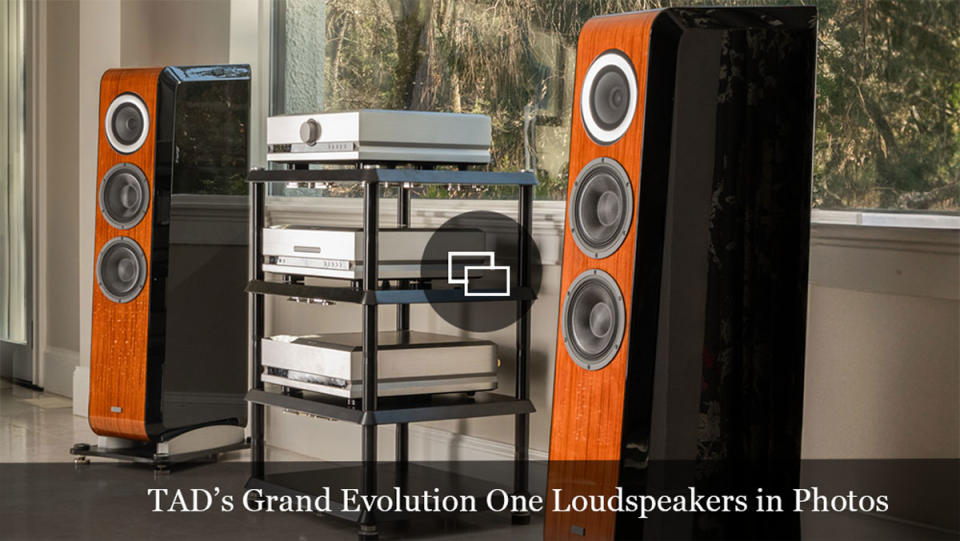First Listen: TAD’s New Premium Loudspeakers Captivated Us With Their Pure Sonic Signature
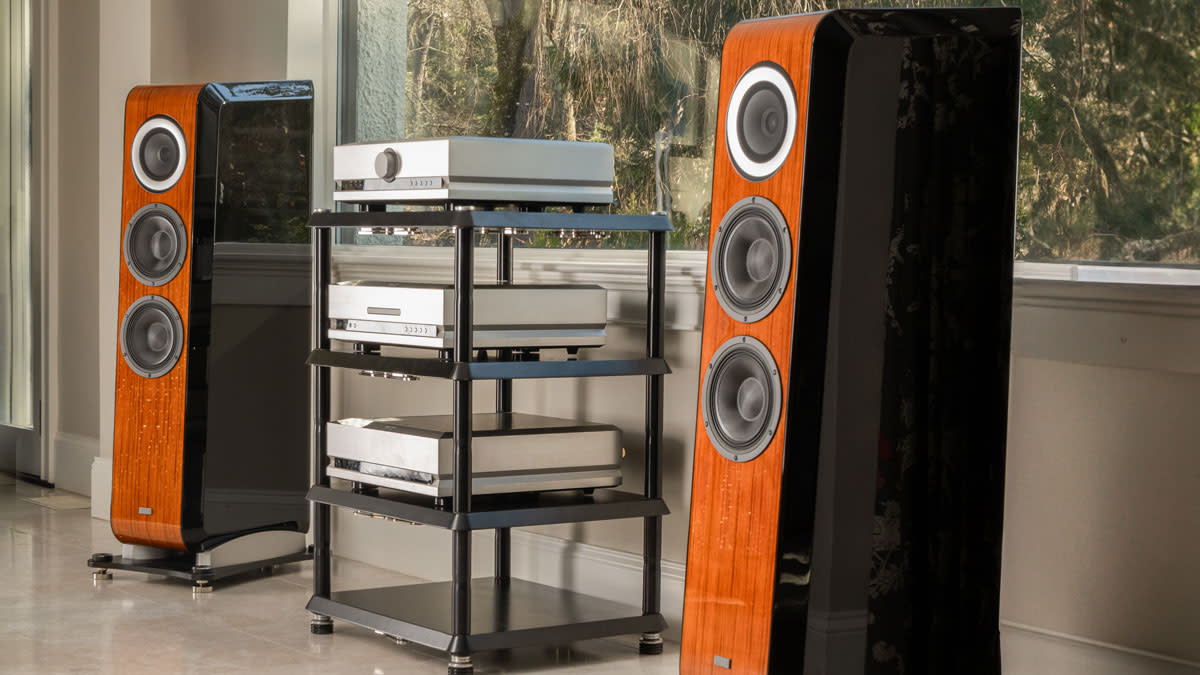
Some preeminent brands—whether watches, wine, or widgets—have achieved recognition among the cognoscenti as being best-in-class while remaining best-kept secrets among the larger audience. In the world of high-end audio, Japan’s Technical Audio Devices (TAD) is one of the most notable. TAD was launched in 1975 by Tokyo-based Pioneer Corporation to develop loudspeakers for professional use. Spun off in 2007 as TADL (Technical Audio Devices Laboratories, Inc.), the company quickly established an ultra-high-end reputation among audiophiles with its magisterial TAD-R1 (Reference One).
That the speaker was simultaneously adopted by recording studios and engineers seeking the most accurate music reproduction added to the credibility of the manufacturer. The current Ultimate Reference One TX, at $160,000 per pair, is among the finest loudspeakers on the market today, embodying the philosophy woven into the brand’s DNA from the outset, which TAD characterizes as “artistic intent, intact.”
More from Robb Report
These Treehaus Audiolab Speakers Aim for Sound as Natural as Their Look
Lamborghini and Technics Just Teamed Up on New Turntable and LP
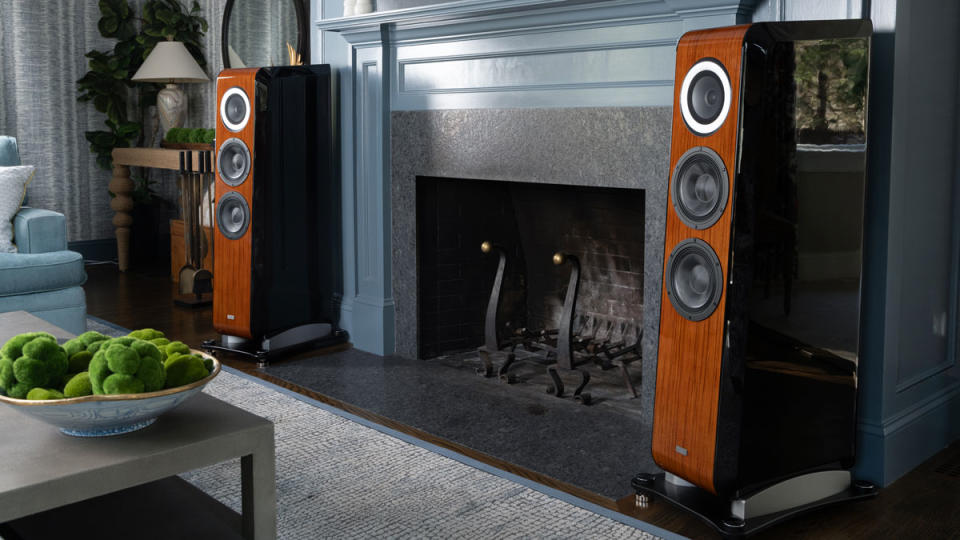
Whether one subscribes to theories of trickle-down economics, there is ample evidence to substantiate that trickle-down technology is alive and working to the advantage of those without $160,000 to dedicate to their loudspeaker purchase. TAD’s Grand Evolution One (GE1) is the most ambitious within its Evolution Series, and, at $65,000 per pair, is a relative bargain for the art and science it delivers.
We had an opportunity to hear it (and the whole TAD product line) at T.H.E. Show, the annual audio exhibition recently held in Costa Mesa, Calif. Being intimately familiar with the Reference One in its original and current versions, we found the opportunity to listen to the Grand Evolution One delivered a revealing comparison.

The new model is all about precision, evident when one learns that each example’s complex transducers and circuit boards are built by hand, with technicians bringing micron-level attention to final assembly and testing. The cabinets, produced by a luxury furniture partner, are breathtaking. Black lacquer side panels flank the mirror-finished, grained-olive-wood veneer on the front and top, finished with a high-grade clear coating, and presented with a polish akin to that found on a grand piano.
These aren’t small loudspeakers, each standing four feet tall and weighing 141 pounds. The three-way design uses a bass-reflex enclosure, with two seven-inch cone woofers and a midrange tweeter called a Coherent Source Transducer (CST). The CST design is the heart and soul of every TAD loudspeaker, and in the Grand Evolution One, uses a 5.5-inch magnesium cone crossing over at 1.8 kHz to a 1.375-inch beryllium dome, produced by a complicated vapor deposition technique.
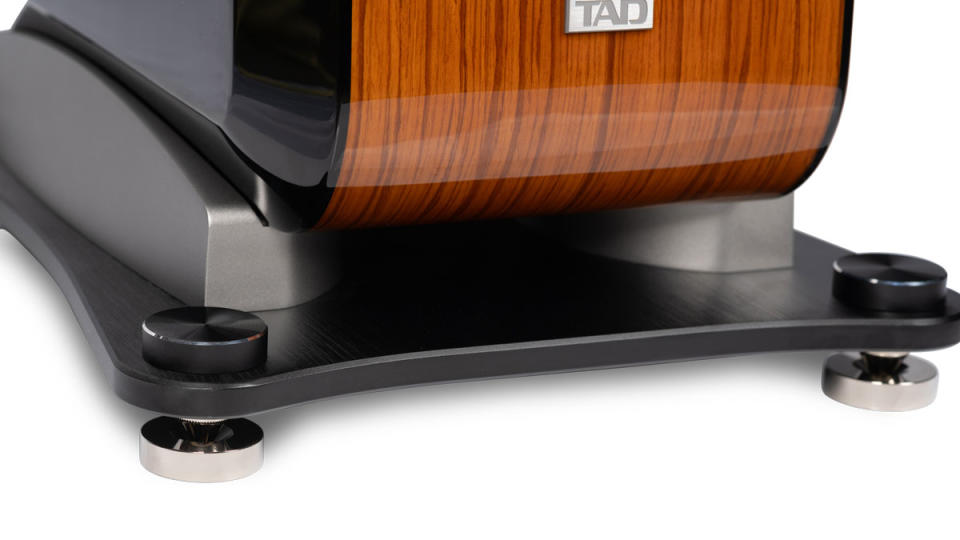
The musical magic—incredible coherency and speed—comes from the transducers being concentrically configured such that the frequencies from 250 Hz to 100 kHz (well beyond audibility) are delivered as if from a single point source. This creates a holistic—and nearly holographic—image without the diffraction and phase anomalies that come from multiple transducers arrayed across the cabinet’s front baffle.
TAD’s ISO Drive Technology isolates the complex CST from mechanical vibration of the woofers and cabinet. Each woofer, which in the Grand Evolution goes down to 27 Hz, uses TAD’s MACS II diaphragm made of five layers of aramid fabric, integrating the cone and center cap into a center piece, further minimizing distortion that is a byproduct of unwanted vibration.
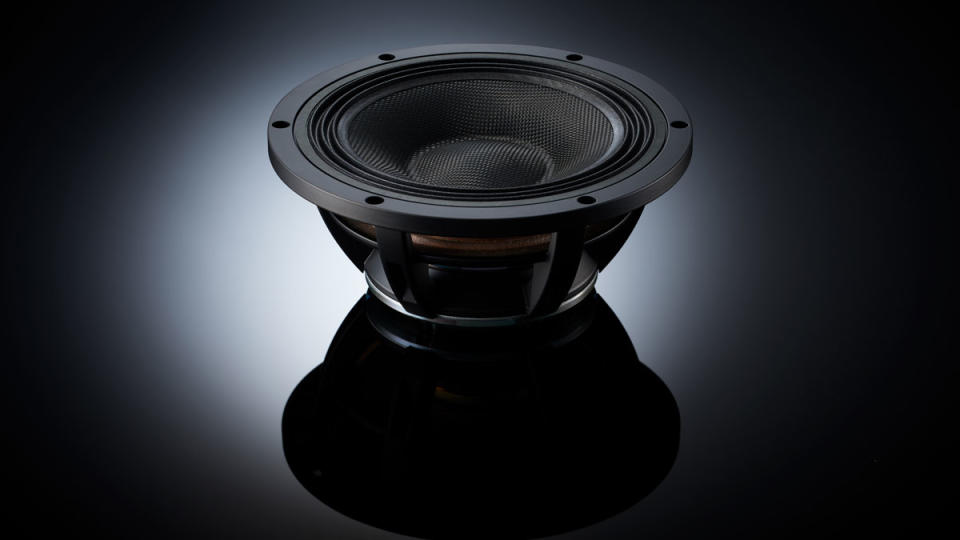
A novel port design at the base of the enclosure opens at the front and rear. This bi-directional ADP System employs horn-shaped openings to reduce port noise and control internal standing waves. Under the port is a 25 mm-thick solid aluminum plate, designed to offset the slant of the baffle and orient the CST Driver directly toward the listener.
These speakers seem to be fairly easygoing about room placement, and at 88 dB, are moderately sensitive. They do present a 4-ohm load, and so a powerful solid-state amplifier, like TAD’s own $19,500 M-1000, is an ideal match. That amp delivers 250 watts into 8 ohms, the speaker’s rated power-handling capacity. However, TAD’s chief engineer, Toru Nagatani, notes that, “on the other hand, the numerical value and the auditory impression of a speaker’s sensitivity often do not match.” This means that the design and quality of the amplification will more greatly affect a capable speaker’s performance than will the amp’s power rating alone.
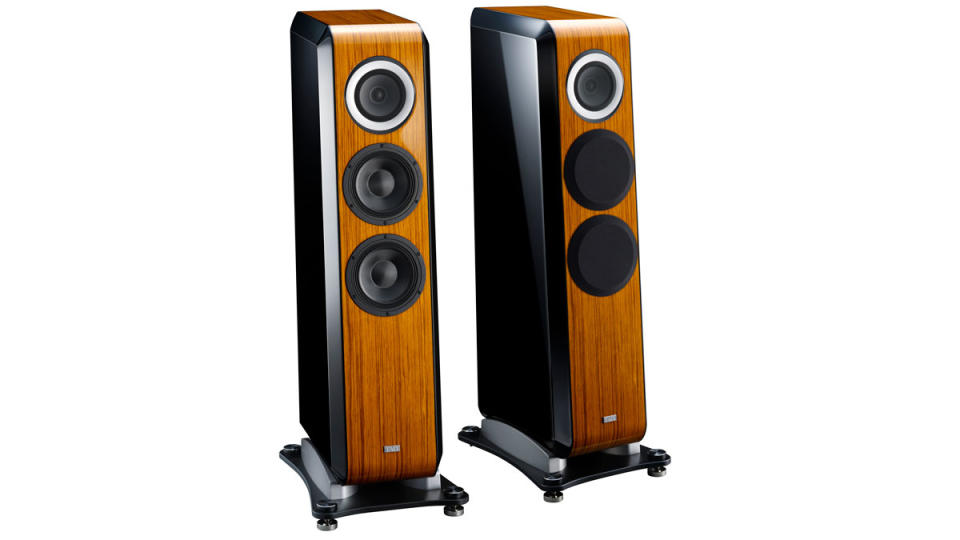
Audiophiles have a lot of loudspeaker choices in the $50,000 to $75,000 range (imagine that this is now common territory in what 20 years ago represented the pain threshold for all but the most dedicated and affluent enthusiast). The Grand Evolution One is for critical listeners who want to hear every acoustic nuance without the fatigue that often accompanies etched, over-analytical detail for which some of the most popular top-end speakers have earned a reputation. Yet the GE1s aren’t warm, romantic, and rose-colored. After all, TAD developed its CST transducer to keep the music “intact,” and that accurate, engrossing sonic signature is precisely what comes along for the ride.
Click here for more photos of TAD’s Grand Evolution One loudspeakers.
Sign up for Robb Report's Newsletter. For the latest news, follow us on Facebook, Twitter, and Instagram.

 Yahoo News
Yahoo News 